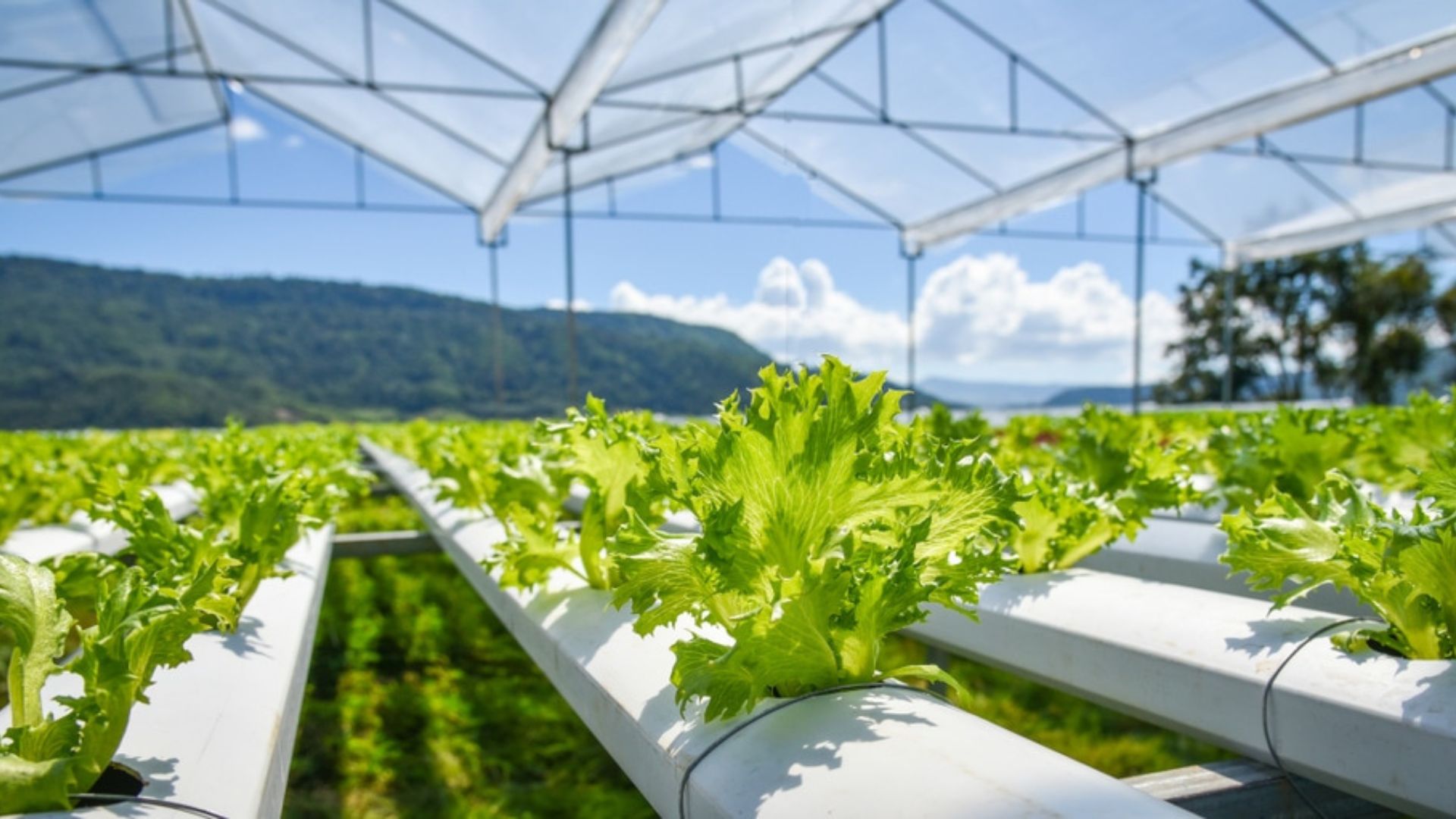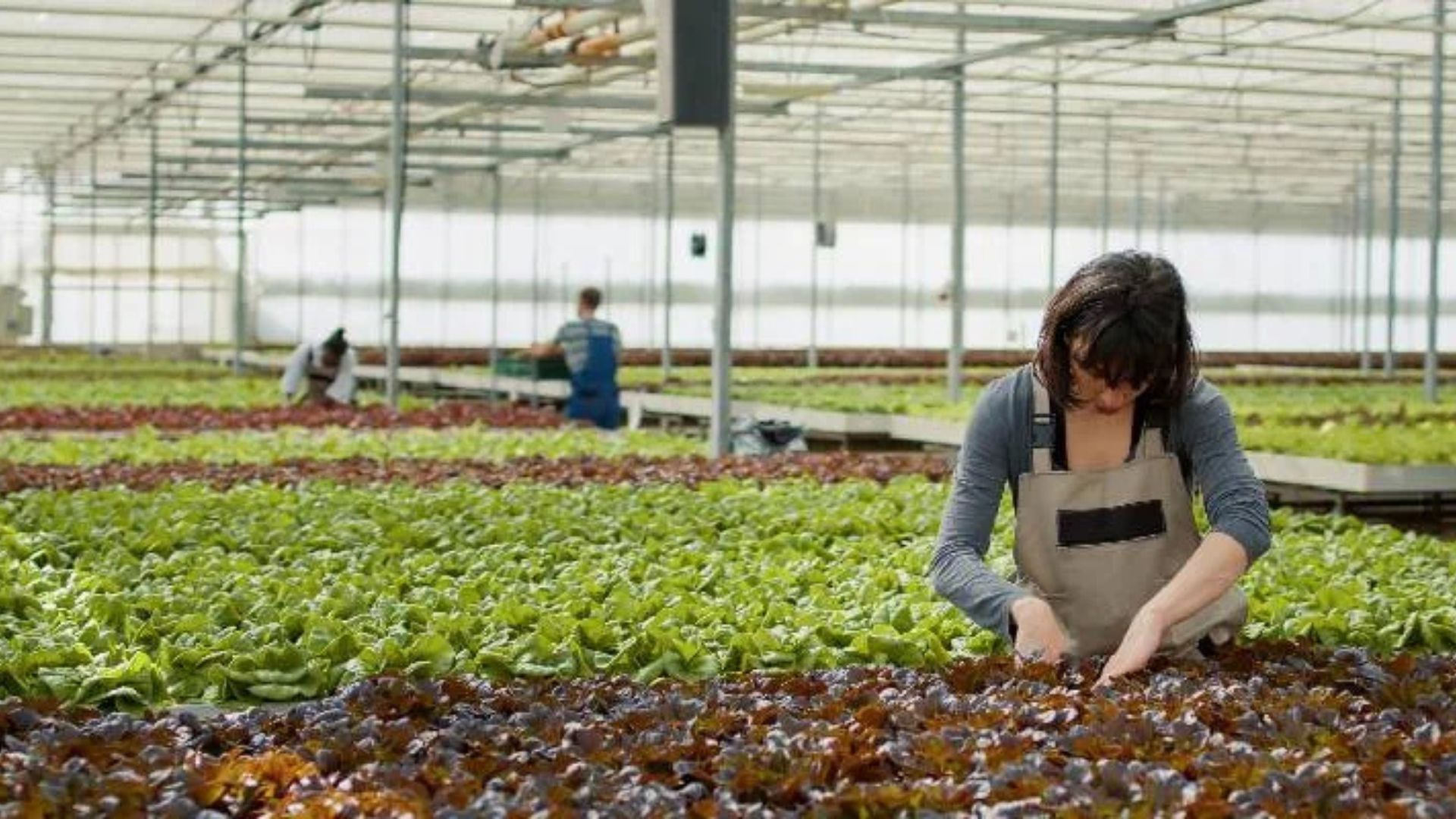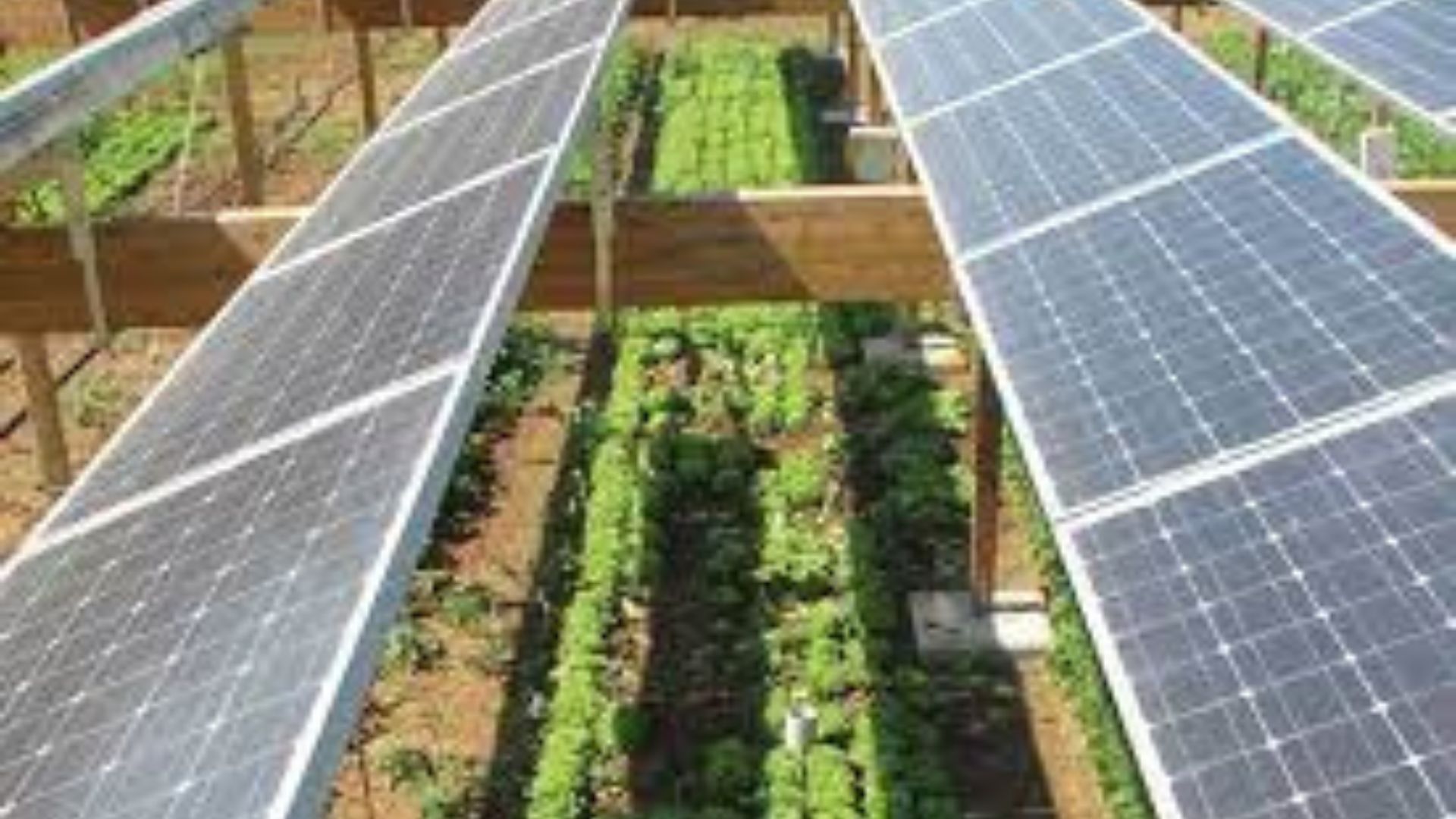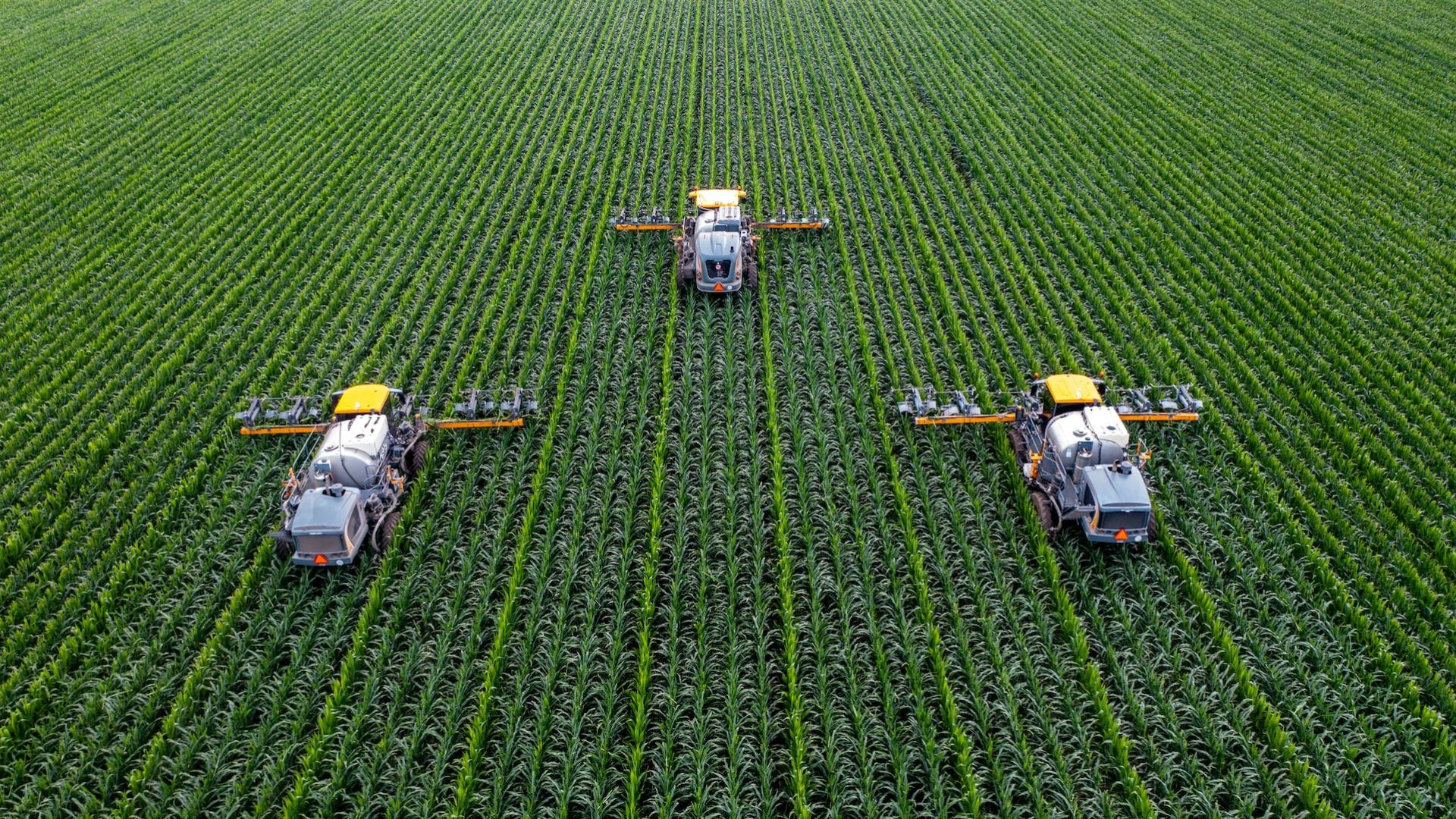High yield strategies for green farming help farmers increase crop production while maintaining sustainability. Across South Africa and other regions, adopting these strategies allows farmers to grow more food without harming the environment. By combining modern technology, eco-friendly practices, and traditional knowledge, green farming becomes both productive and sustainable. These strategies ensure that farms remain profitable, environmentally responsible, and capable of feeding growing populations.

Benefits of High Yield Green Farming
Implementing high yield strategies provides numerous advantages. First, it increases food production, helping meet the demands of local communities. Second, it improves soil fertility, ensuring crops grow healthier and more resilient. Third, it reduces dependency on chemical fertilizers and pesticides, protecting water sources and biodiversity. Moreover, high yield practices help farmers adapt to climate change while maximizing land use efficiency.
Economic Advantages
High yield strategies for green farming directly benefit farmers economically. By producing more crops per hectare, farmers generate higher profits. Efficient resource use lowers costs for water, fertilizer, and energy. Local markets benefit from consistent supply, and urban areas gain access to fresh, high-quality produce. Overall, these strategies improve farm profitability while supporting community food security.
Environmental Advantages
Green farming practices that increase yield also protect the environment. Techniques like crop rotation, organic fertilizers, and integrated pest management reduce soil degradation and chemical runoff. Efficient irrigation systems conserve water and prevent waste. Agroforestry and intercropping enhance biodiversity and carbon sequestration, making high yield strategies eco-friendly and sustainable.
Key High Yield Strategies For Green Farming
Several strategies enable farmers to increase crop production sustainably. Implementing these methods ensures long-term productivity and environmental protection.
1. Crop Rotation
Rotating crops on the same field prevents soil depletion and reduces pests and diseases. For example, alternating legumes with cereals replenishes nitrogen in the soil naturally. Crop rotation enhances soil fertility and supports sustainable farming, making it a core high yield strategy for green farming.
2. Precision Farming
Precision farming uses technology to optimize crop management. Soil sensors, drones, and GPS-guided equipment monitor nutrient levels, moisture, and plant health. Farmers can apply fertilizers and water only where needed, reducing waste and improving efficiency. Precision farming ensures maximum yield with minimal environmental impact.
3. Organic Fertilizers and Composting
Using compost and organic fertilizers improves soil structure, water retention, and microbial activity. Communities and farms can recycle plant residues and organic waste into nutrient-rich compost. These inputs reduce the need for chemical fertilizers while maintaining high productivity, making it an essential component of sustainable green farming.
4. Integrated Pest Management (IPM)
IPM combines biological, mechanical, and cultural methods to control pests. By using natural predators, trap crops, and crop diversity, farmers minimize chemical pesticide use. This approach protects crops, improves safety, and preserves the surrounding ecosystem while contributing to higher yields.
5. Efficient Water Management
Water-efficient practices such as drip irrigation, rainwater harvesting, and mulching are crucial for high yields. Drip irrigation delivers water directly to plant roots, minimizing waste. Mulching prevents evaporation and maintains soil moisture. These strategies ensure crops receive consistent water supply, even during dry seasons, which is essential for productivity.
6. Agroforestry and Intercropping
Planting trees alongside crops and practicing intercropping enhances soil fertility, reduces erosion, and supports biodiversity. These strategies improve land productivity while mitigating environmental risks. Trees provide shade, attract beneficial insects, and increase carbon sequestration. Combining these practices with crop management ensures sustainable high yields.
Best Practices for Implementing High Yield Strategies
Farmers looking to implement high yield strategies should follow key best practices:
-
Conduct soil testing to understand nutrient needs
-
Start with pilot plots before scaling production
-
Combine traditional farming knowledge with modern technology
-
Monitor crop growth and soil conditions regularly
-
Adjust practices based on weather, pest, and soil conditions
Challenges and Solutions
Challenges may arise, such as high initial costs for technology, training requirements, and limited access to quality inputs. These can be addressed by government grants, agricultural cooperatives, and knowledge-sharing networks. Over time, the benefits of higher yields and sustainable practices outweigh the initial investment.
Conclusion
High yield strategies for green farming are essential for productive, sustainable, and environmentally responsible agriculture. Techniques such as crop rotation, precision farming, organic fertilization, integrated pest management, efficient water use, and agroforestry improve crop output while protecting natural resources. By adopting these strategies, farmers in South Africa and worldwide can achieve higher productivity, strengthen food security, and create eco-friendly farming systems. High yield green farming ensures a sustainable future for both farmers and communities.










